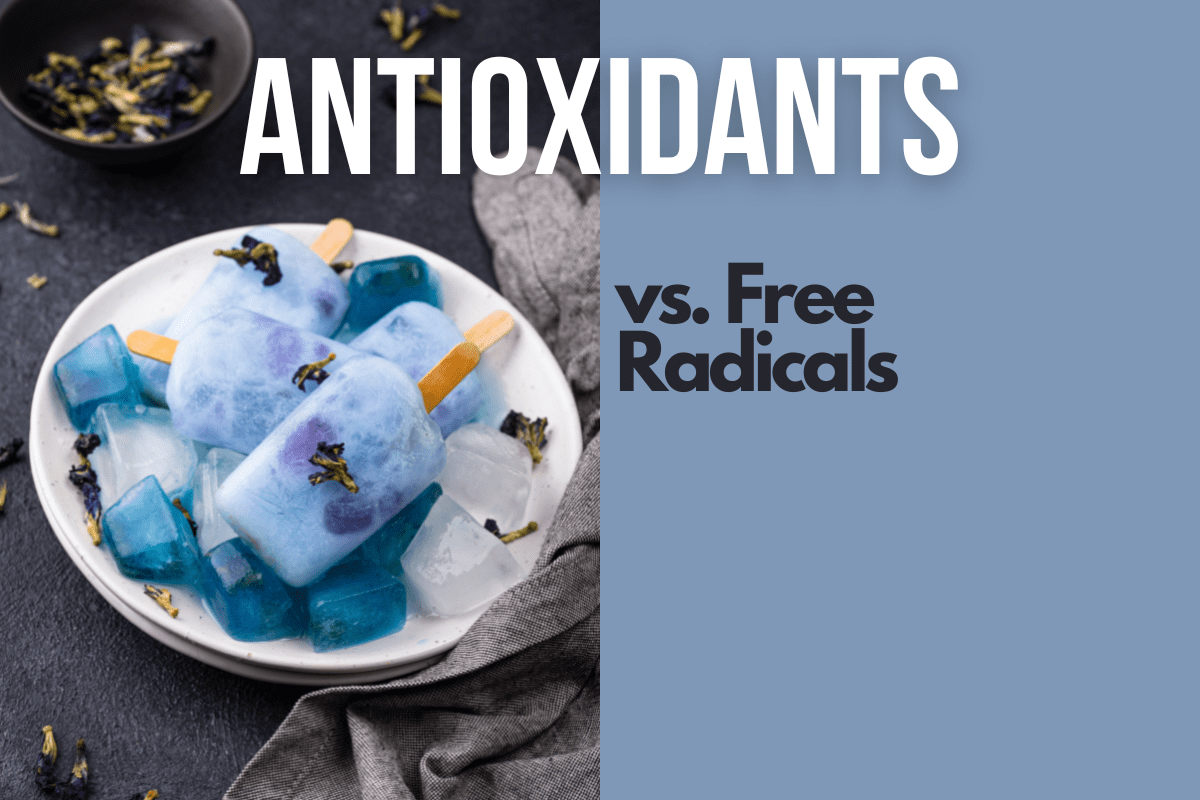Why do we see so many products that include an antioxidant in them? Why should we care, and what does an antioxidant do?
Each trip to the grocery stores I am inundated with attributes attached to a product that I assume are good, but not always know exactly what they are good for. One of those being antioxidants. Antioxidants are commonly found in foods such as artichokes, spinach, strawberries, kale, red cabbage, beans, blueberries, and many more natural foods. Antioxidants are also sold and advertised in lotions/creams, drinks, protein powders, as well as given in IV therapy treatments.
So, What Do Antioxidants Protect Us From?
Our bodies are made from trillions of cells, and those cells need protection from chemicals we call free radicals. Free radicals can come from many origins, including infections, pollution, smoke, stress, alcohol, pesticides, excessive exercise, polysaturated fats, and many other places. Our bodies are constantly under attack from the world around us! Free radicals that are not eliminated from the body will make the body predisposed to disease, such as cancer, vision loss, and many other chronic conditions. With so many potential threats, it becomes more apparent why it is valid that we should supplement our antioxidant intake, to keep our body in a happy and balanced state.
How do Antioxidants Help with Free Radicals?
If the body becomes overwhelmed by free radicals, it is a condition known as Oxidative Stress Disorder. This is when the free radicals tip the scales and dominate the balance of free radicals to antioxidants. When the body is in a neutral (homeopathic) state, antioxidants are neutralizing free radicals at an organic rate, leaving the body in a harmonious state. In the world we live in today, with the injection of plastics, poor air quality, and a stressed population, it is easy to see why it is logical to take steps to ensure that we are consuming enough antioxidants in our diet.
Antioxidants Examples
From the consumer perspective, some of the most common antioxidants we come into contact with are Zinc Sulfate, Vitamin C (Ascorbic Acid), and Glutathione. Most multivitamins on the market today contain each. Which one is the best though? Zinc promotes wellness and is generally used to decrease the duration of symptoms of the common cold and flu. The antioxidant effect for zinc is seen in the short-term increase in the metal’s presence in the body. Vitamin C also known as ascorbic acid is probably known for being a better antioxidant than zinc, due to its role in collagen health affecting the skin (our most important part of the integumentary system). With healthy skin, the body can defend proactively from threats outside the body. Glutathione is typically the gold standard of antioxidants. It is the most powerful and helps work synergistically with the other antioxidants covered. Glutathione can convert expired vitamin c (dehydroascorbic acid) back into its active form ascorbic acid. This way of converting old vitamin c to new vitamin c, allows glutathione alone to alleviate vitamin c deficiency.
What is the Best Way of Taking These Antioxidants?
Antioxidants taken through the oral ingestion route will only see 10% to 20% of the antioxidant enter the bloodstream and become bioavailable for use. So, for each vitamin or food that is consumed by mouth, only 10-20% of that vitamin/food is absorbed and processed by the body. Reaching daily goals of these critical antioxidants is difficult. However, when taken intravenously these antioxidants are bioavailable at 100% due to them being directly injected into the bloodstream. IV drip treatments are the most effective route of entry for these important antioxidants to be able to do their job and scrub the body’s cells from free radicals.



